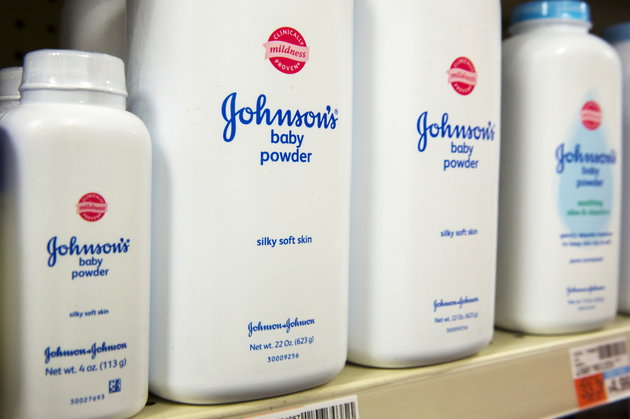An estimated 22,000 new cases of ovarian cancer are diagnosed in the United States each year, and mortality rates are high if the disease is not caught and treated early.
Members of the clinical community have attempted to identify modifiable risk factors. Some data suggested an association between genital talcum powder use and ovarian cancer risk. However, these data have not been consistent.
For this reason, Paolo Boffetta, MD, MPH, professor of medicine at Icahn School of Medicine at Mount Sinai and associate director for cancer prevention at Tisch Cancer Institute at Mount Sinai, and colleagues conducted a systemic review and meta-analysis of 27 studies that evaluated the association between genital talcum powder use and ovarian cancer risk.
Results showed ever use of genital talcum powder was associated with a summary relative risk of 1.22 (95% CI, 1.13-1.3). When researchers stratified the analysis according to study design, they observed an association between ovarian cancer risk and ever use of genital talcum powder in case–control studies (RR = 1.26; 95% CI, 1.17-1.35), but not in cohort studies (RR = 1.02; 95% CI, 0.85-1.2).
“[Although] some studies show an association between [talcum powder] use and ovarian cancer, the combined evidence falls short from demonstrating a causal link,” Boffetta said in a press release. “It would be premature to conclude that [talcum powder] use causes ovarian cancer.”
HemOnc Today spoke with Boffetta about the findings, their potential implications, and the questions that subsequent research will try to address.
Q: What prompted you and your colleagues to conduct this study?
A: I have been working for many years to research environmental exposures and the associated health risks. Part of this work has been in researching occupational and environmental exposures to dust and fibers, including asbestos and others. However, in recent years, attention has been brought to the genital use of talcum powder and the possibility of an association with ovarian cancer.
Before joining Mount Sinai, I was a researcher in France. where I was involved in several systematic reviews. One of these reviews focused on the carcinogenicity of talc — lung cancer risk among those who inhaled talc, and ovarian cancer risk among those who reported genital use of talc — so I have known about this issue for some time. A student of mine was particularly interested in ovarian cancer research and was aware of several studies that suggested an association between talcum powder use and ovarian cancer risk. We thought this would be a great study for her and a great chance to conduct a new systematic review on the topic.
Q: What did the overall findings suggest?
A: We found that not all the pieces of data fit together. Previous studies have shown an association between talcum powder use and risk for ovarian cancer. However, these studies are primarily case–control retrospective studies. We found that prospective studies did not show an association, but some of the retrospective studies did show an association. Overall, most of the studies we reviewed showed an association, but the differences observed between prospective and retrospective studies were troubling. In our opinion, this detracts from considering a causal association. Another main finding was that several of the studies showed different durations and frequencies of talcum powder use, and in general, there was no dose–response relationship. The results are not consistent. Therefore, our conclusion is that there is likely not a true biological association between talc use and cancer. In fact, there can be some bias with retrospective studies.
Q: What ingredient or ingredients might contribute to a possible association between talcum powder and ovarian cancer?
A: Talcum is considered an inert mineral, but before 1970, some commercial versions of the powder were contaminated by fibers, including asbestos fibers. This type of contamination was eliminated after 1970. It is not clear which component of pure talcum, if any, may cause cancer.
To read the entire interview on The Clearity Portal, please click here.


